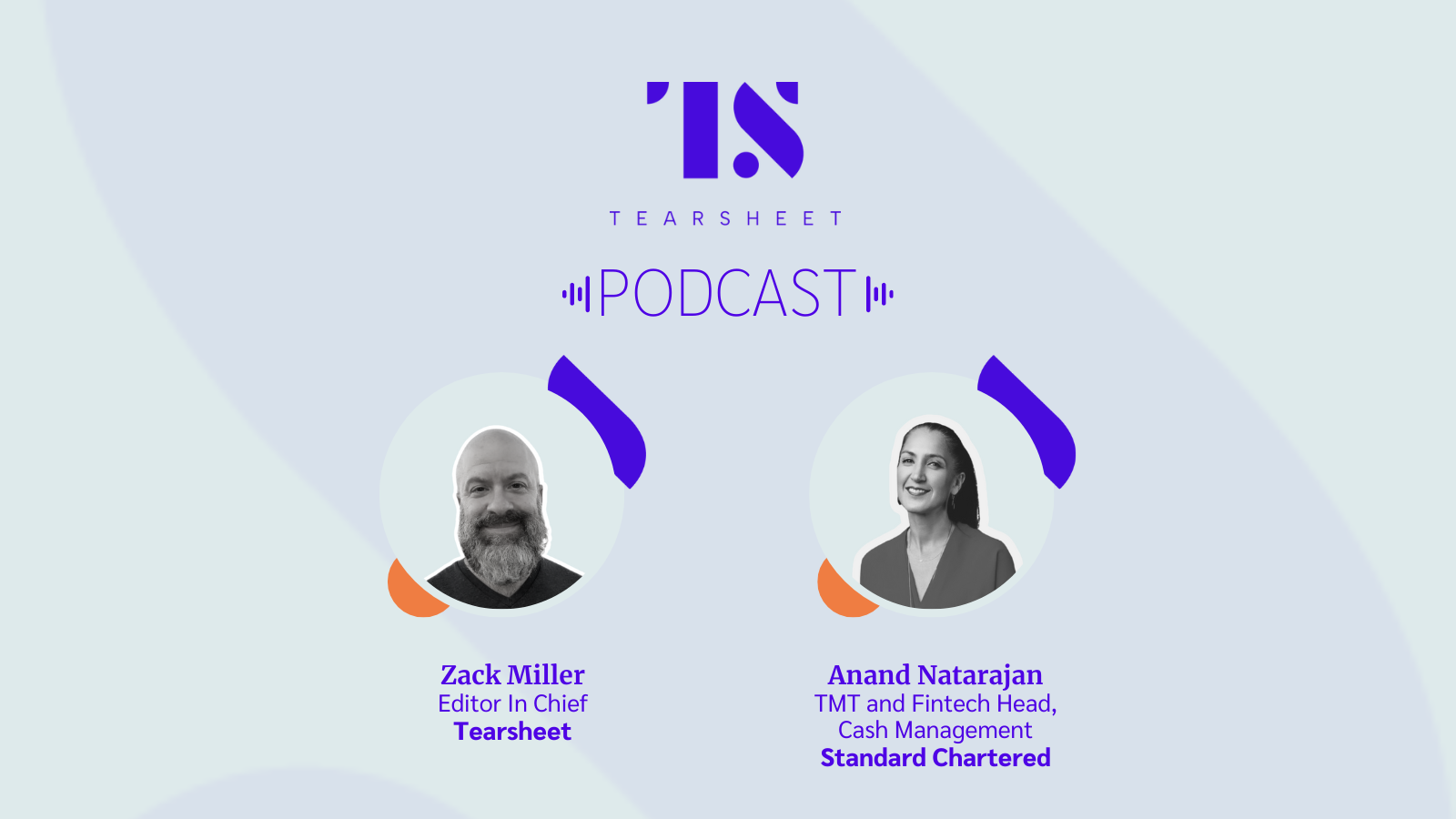Podcasts
Stash’s new CEO Liza Landsman on Stash Core, delighting customers, product strategy, and moving into B2B
- Stash has a new CEO, who hails from NEA, Jet.com, Citigroup, BlackRock, and E*TRADE.
- Liza Landsman joins us on the podcast to discuss her mandate and where the fintech is headed in the future.









